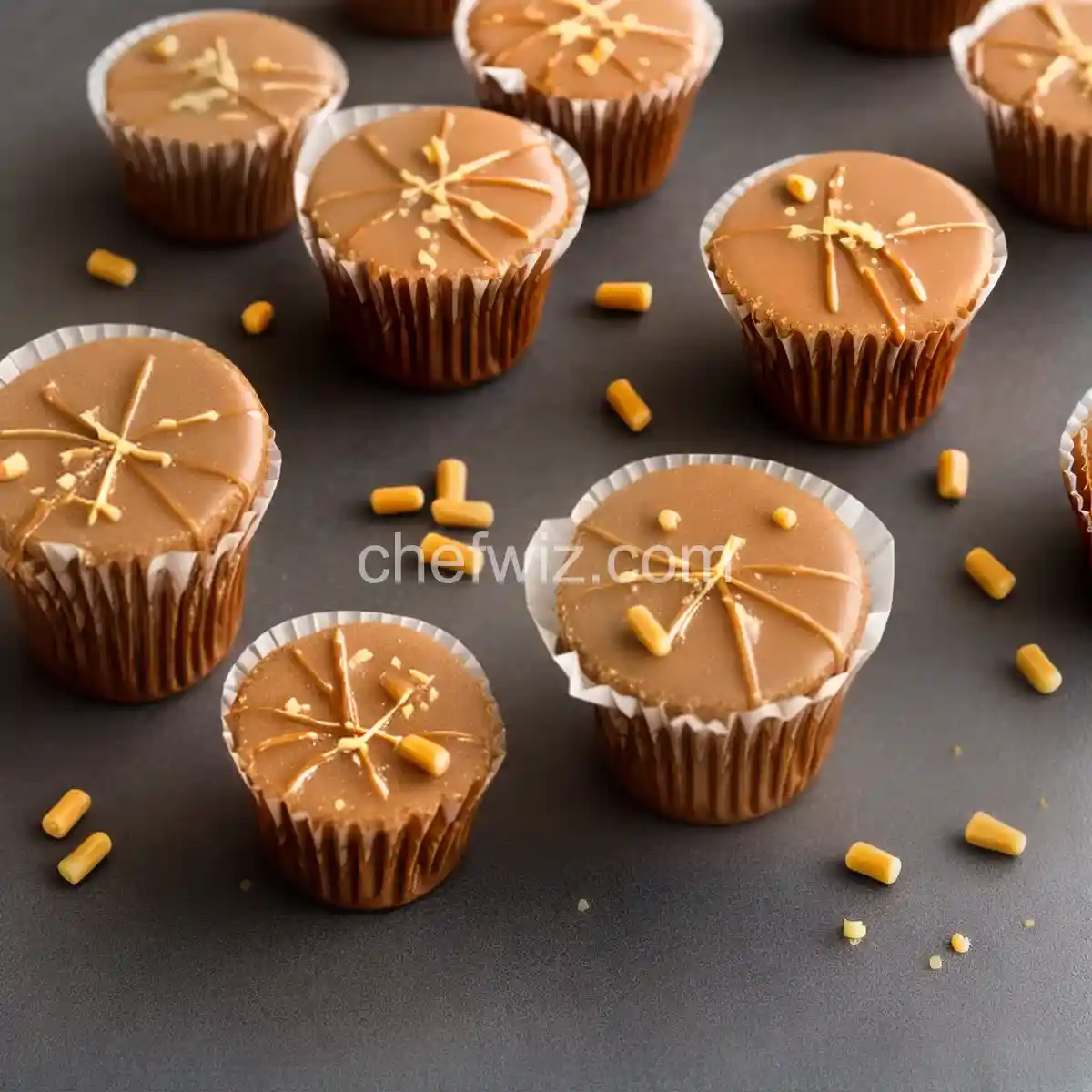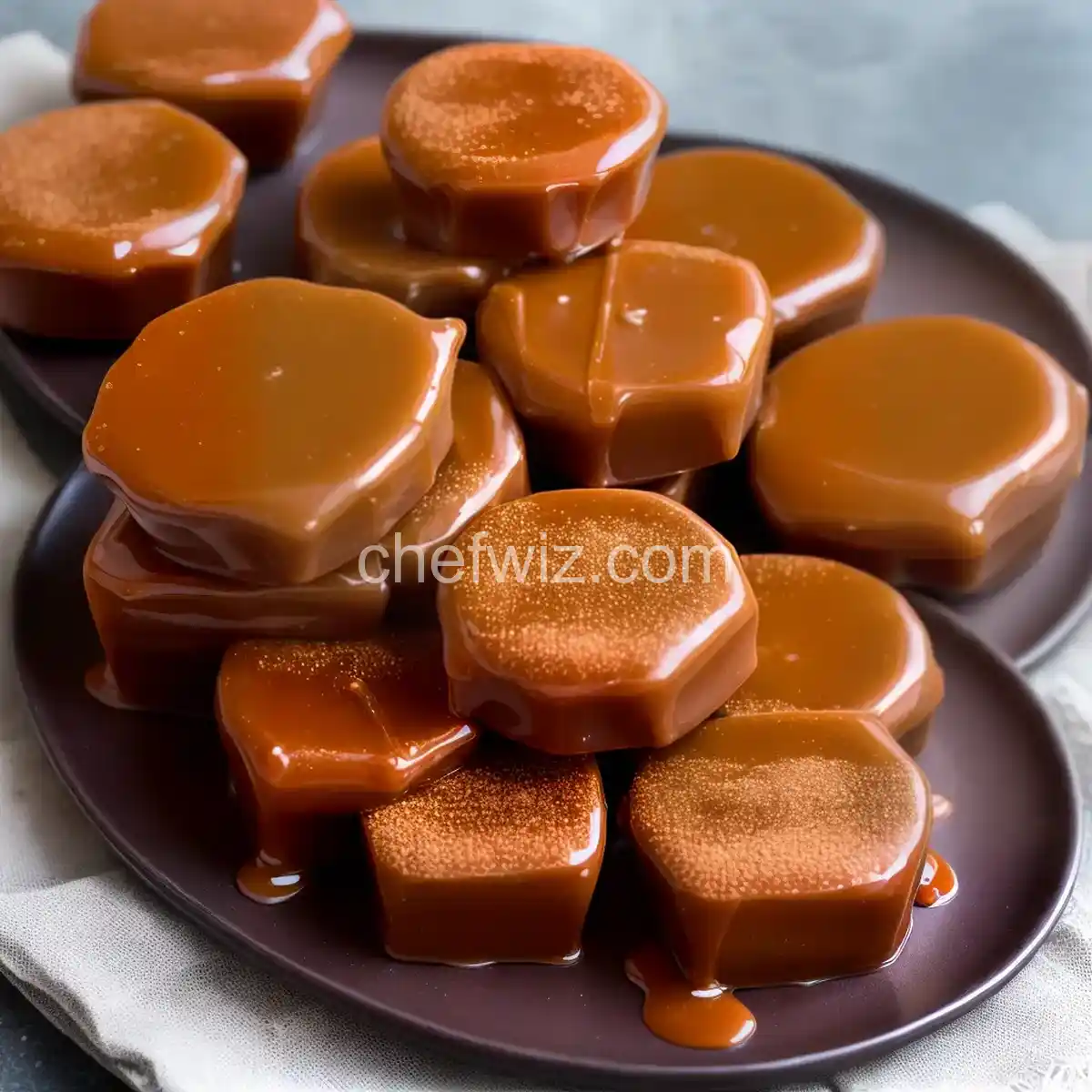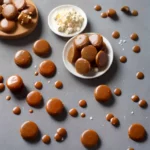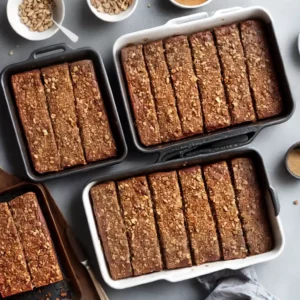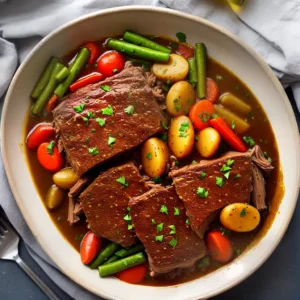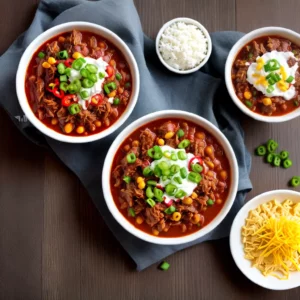Caramels I
Who doesn’t love the rich, buttery goodness of caramels? Whether you enjoy them on their own or use them to add a sweet touch to your favorite desserts, caramels are a true indulgence. In this article, we will explore the world of caramels, their history, and some interesting facts about these delectable treats.
The Origins of Caramels
Caramels have a long and fascinating history that dates back centuries. The word “caramel” is derived from the Latin word “cannamellis,” which means “sugar cane.” It is believed that caramels were first made in ancient Persia and were introduced to Europe by the Arabs.
Originally, caramels were made by boiling sugar and water together until the mixture reached a caramelized state. This process created a hard candy that was difficult to chew. It wasn’t until the 18th century that the French discovered a way to create a softer, chewier version of caramels by adding milk or cream to the mixture.
The Art of Making Caramels
Making caramels is both a science and an art. The process involves carefully heating sugar, butter, and cream to a precise temperature, which determines the texture and flavor of the final product. Too high of a temperature can result in burnt caramels, while too low of a temperature can lead to a soft and gooey mess.
The key to making perfect caramels is to find the right balance between heat and timing. It takes practice and patience to achieve the desired consistency and flavor. But once you master the art of making caramels, the results are truly rewarding.
Caramels: More Than Just Candy
While caramels are delicious on their own, they can also be used in a variety of ways to elevate your desserts. From drizzling caramel sauce over ice cream to adding caramel bits to your cookies, the possibilities are endless.
One popular use of caramels is in the making of caramel apples. The combination of crisp apple and sweet, gooey caramel is a delightful treat that is enjoyed by people of all ages. Caramels can also be used as a filling for chocolates or as a topping for cakes and pies.
Fun Facts About Caramels
Did you know that caramels were once used as a form of currency? In the early 1900s, caramels were commonly exchanged for goods and services. People would often carry caramels in their pockets as a convenient and tasty form of payment.
Another interesting fact is that caramels were a favorite treat of Napoleon Bonaparte. It is said that he always carried a pocket full of caramels and would often enjoy them during battles and military campaigns.
Today, caramels come in a variety of flavors and textures. From classic vanilla to unique flavors like sea salt and chocolate, there is a caramel for every palate. Whether you prefer your caramels chewy or soft, there is no denying the irresistible appeal of these sweet treats.
Conclusion
Caramels are more than just candy. They have a rich history, a unique manufacturing process, and a versatility that allows them to be used in a multitude of ways. Whether you enjoy them on their own or use them to create mouth-watering desserts, caramels are a true delight for the senses.
Frequently Asked Questions
Q: Are caramels gluten-free?
A: Most caramels are gluten-free, but it’s always important to check the ingredients to be sure.
Q: Can I make caramels without using cream?
A: Yes, you can make dairy-free caramels by using alternative ingredients like coconut milk or almond milk.
Q: How long do caramels last?
A: Properly stored caramels can last for several weeks, but they are best enjoyed within the first week.
Q: Can I freeze caramels?
A: Yes, caramels can be frozen for extended storage. Just make sure to wrap them tightly to prevent freezer burn.
Q: What is the difference between soft caramels and hard caramels?
A: Soft caramels have a chewy texture, while hard caramels are more firm and require more effort to bite into.
Q: Can I make caramels without a candy thermometer?
A: While a candy thermometer is recommended for precise temperature control, you can also use the cold water test method to determine the readiness of your caramel mixture.
Q: Can I add nuts or other ingredients to my caramels?
A: Absolutely! Feel free to get creative and add your favorite nuts, chocolates, or flavorings to customize your caramels.
Q: Can I use caramel sauce instead of caramels in a recipe?
A: Yes, you can substitute caramel sauce for caramels in certain recipes. Just be mindful of the differences in texture and consistency.

Caramels I
Ingredients
- 2 cups of granulated sugar
- 1 ½ cups of corn syrup
- 2 cups of heavy cream
- 1 cup of unsalted butter
- 1 teaspoon of vanilla extract
Instructions
- Grease a baking dish measuring 9x13 inches.
- In a saucepan, mix together sugar, corn syrup, 1 cup cream, and butter. Heat the mixture over medium heat until it reaches a boiling point, stirring occasionally.
- Once the mixture is boiling, add the remaining 1 cup of cream. Continue heating the mixture without stirring until it reaches a temperature of 242 degrees F (116 degrees C). To check if it's ready, drop a small amount of syrup into cold water - it should form a firm but pliable ball.
- Remove the saucepan from heat and stir in the vanilla extract. Pour the mixture into the prepared baking dish.
- Place the dish in the refrigerator and allow it to cool completely.
- Once the candy has cooled, bring it back to room temperature. Cut it into 1-inch squares and wrap each piece in waxed paper.


